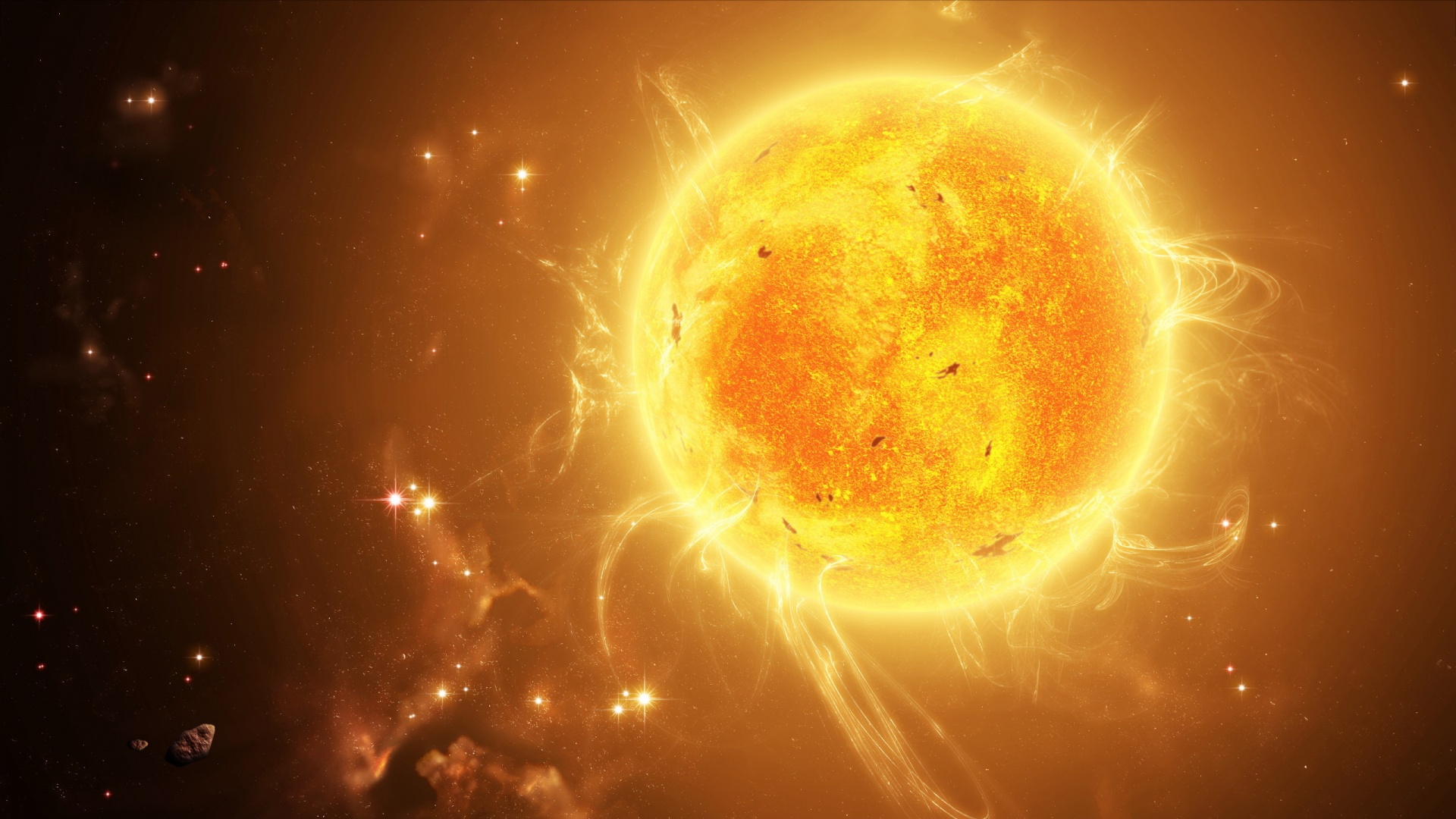|
Getting your Trinity Audio player ready...
|
Scientists are gaining insight into the reaction processes taking place at the Sun’s core by monitoring the solar neutrinos produced from solar fusion. To detect solar neutrinos, physicists typically use two types of detectors: one with directional sensitivity, which tells us where the neutrinos are coming from, and another with better energy sensitivity, which detects lower-energy neutrinos. Now, combining the advantages of both types of detectors, the team behind the Borexino detector has shown that Borexino can do both of these things. Their measurements show that Borexino can record the energy and path of neutrinos below 1 megaelectron volt.
The two most common solar neutrino detectors are the water-based Cherenkov detector and the liquid scintillator detector. Water-based Cherenkov detectors capture neutrinos from the interaction of neutrinos with electrons in water through electromagnetic Cherenkov radiation. The direction-dependent nature of this radiation makes it ideal for reconstructing neutrino paths. However, water-based Cherenkov detectors typically have low sensitivity to neutrinos on the order of megaelectronvolts, making them almost useless for studying low-energy neutrinos. Liquid scintillator detectors can detect similar neutrino radiation, but they use scintillator-doped oil, and this doping results in a much lower cutoff energy of about 0.2 MeV.
However, liquid scintillator detectors are insensitive to neutrino orientation information, a problem that the Borexino research team has now solved. The team has developed a method for analyzing liquid scintillator data that allows sorting out the directional dependence of the neutrino signal. The method compares the cumulative distribution of many neutrino emissions with simulated results. The Borexino research team plans to use their method to study low-energy solar neutrinos in more detail. They also hope to use it to learn more about the fundamental nature of neutrinos, which remains an unsolved mystery in particle physics.


